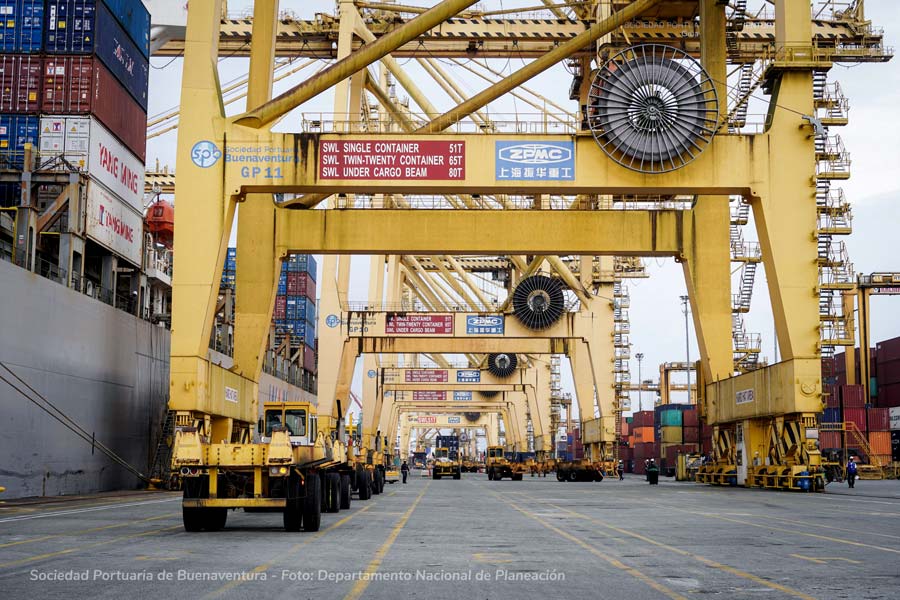The integration of trade chains in Colombia remains a pending issue, according to a World Trade Organization (WTO) report released on Wednesday.
“According to the latest available data for 2022, Colombia still does not show a high degree of integration in trade chains,” the WTO indicates.
In 2024, Colombian exports of goods and services grew at a year-on-year rate of 0.3%, to US$68.866 billion.
Trade chains in Colombia
Although there is a trend towards economic regionalism, the integration of value chains with other countries is of permanent relevance.
A recent report by the Swiss-based Institute for Management Development (IMD) highlights that economies that apply deliberate strategies to position themselves as focal points between trading blocs have demonstrated remarkable resilience in competitiveness data.
These nations have developed specialized capabilities to navigate the complex regulatory environments, customs procedures and compliance requirements that now characterize international trade. Their companies have become adept at managing fragmentation as a competitive advantage, rather than simply as a cost center.
Production sharing
Despite the Colombian government’s efforts to diversify its exports, concentration remains high. This is pointed out by the latest report of the World Trade Organization (WTO).
Between 2018 and 2024, mining-energy products dominated the export basket. Precious stones, minerals, coal, coal, oil and its derivatives accounted for more than 60% of total exports. This trend persists, despite public policies aimed at broadening the export base.
Agricultural products came in second place. Coffee, bananas and flowers led agricultural sales abroad. In 2023, these products accounted for 64.7% of total agricultural exports.
On the import side, the outlook is also not broad. Nearly 50% of foreign purchases correspond to intermediate goods and industrial inputs. These are not limited to the extractive sector, but reflect a strong dependence on imported inputs to sustain domestic production.
In addition, Colombia’s trading partners show a strong concentration. The United States, China and the European Union lead the list of destinations and origins of Colombian foreign trade.
The WTO concluded that Colombia has not significantly changed its economic and trade policy in the last seven years, despite its plans to transform the productive structure and reduce dependence on the extractive economy.
Although the country modernized its quality system and facilitated the registration of intellectual property, it still needs to increase investment in physical and human capital to boost productivity and join global value chains.

